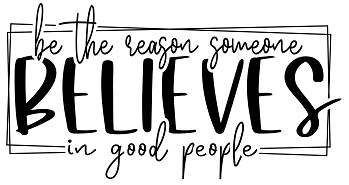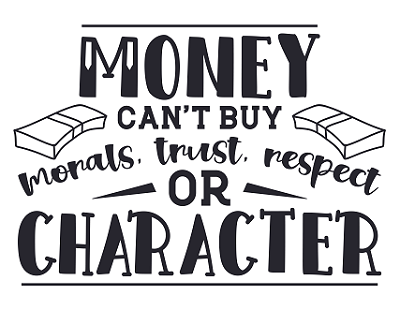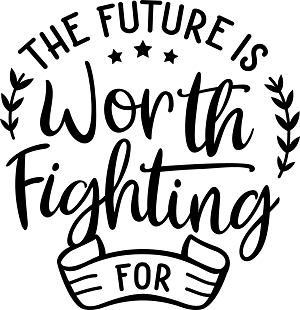 Conflict is a natural part of life. People have different personalities, beliefs, and values, and sometimes they can cause misunderstandings and disagreements. Conflict can be stressful, so it is always better if you can prevent a situation from getting out of control or resolve it as soon as possible.
Conflict is a natural part of life. People have different personalities, beliefs, and values, and sometimes they can cause misunderstandings and disagreements. Conflict can be stressful, so it is always better if you can prevent a situation from getting out of control or resolve it as soon as possible.
It is wise to stay calm and composed and not reciprocate hurtful words and bad deeds with the same negativity. You should react with kindness to keep a situation peaceful.
This is why kindness is one of the most powerful ways to respond to conflict, even though it is not always easy to do. Here, we look into how kindness can be a tool when having to deal with conflict:
Start With You
Responding with kindness in conflict situations can be challenging. It’s essential to prioritize kindness towards yourself as the first step. Taking a breather, disengaging, and creating space allow for emotional regulation and clarity to formulate your response.
In some cases, conflicts may reach a level that’s overwhelming. If unable to immediately respond with kindness, it’s beneficial to disengage. When emotions are raw, exhibiting kindness requires considerable strength.
If that’s a struggle, stepping away and allowing yourself time to regain emotional control is an act of kindness toward yourself. Take the time to gather your thoughts and emotions before responding, demonstrating self-compassion.
Additionally, introspection on what triggers conflicts for you is valuable. Understanding these triggers empowers you to navigate future situations more adeptly, steering clear of negative emotions and fostering a mindset of kindness and compassion.
Learn to Forgive and Apologize
Practice forgiveness. It’s an act of kindness for yourself more than for the other person you’re in conflict with. Forgiveness opens the path to healing and freedom from negativity. Know that it’s not about letting the other person get away with their bad behavior, but there’s no use in holding onto your bitterness. Focus on kindness.
In the same way that you need to forgive, you must also learn how to apologize. It’s an act of kindness that can prevent and solve conflicts. Just remember that saying sorry doesn’t mean you are the weaker one. Instead, it shows your maturity to realize that you may have done something wrong and you want to set that right. Asking for forgiveness can heal hurt feelings and show that you value the other person.
Practice Empathy
Come from a place of understanding and try to see things from a new perspective. Seek to understand the other person’s emotions and why they behave the way they do. They may be acting based on their circumstances, and sometimes things just get wrong. When you start to see where people are coming from, it can somehow lessen the blow of conflicts.
Everyone has flaws, and when you begin to accept them, conflicts become less emotional. When you focus on kindness and practice being empathetic, you build bridges instead of crossroads.
Speak Respectfully and Practice Constructive Communication
Disagreements are normal, but you must learn how to speak respectfully and politely. Offensive comments and hurtful words will only make things worse. Kind words and gestures can help resolve conflicts by softening the communication between you and setting the stage for a resolution.
Make sure you practice constructive communication too. Tell the other person how you feel and your intention to resolve the conflict. Ask them questions to understand their feelings about your situation. Avoid defending yourself or throwing blame. Instead, listen without judgment and show you are listening!
Using kindness in conflict resolution doesn’t downplay the seriousness of disagreements. Instead, it opens doors for change. It turns conflicts into chances to learn, grow, and connect more deeply.
During conflict, where differences clash, kindness isn’t a weakness. It’s a symbol of strength and toughness. It helps guide people toward making peace and finding common ground.
When dealing with conflict, kindness isn’t just a choice. It’s the tool that helps navigate the path from disagreement to agreement, leaving behind a legacy of empathy and understanding. Therefore, practice the steps above and be ready to do what you need to do to take control of a conflicting situation, even if it means you just silently walk away.





